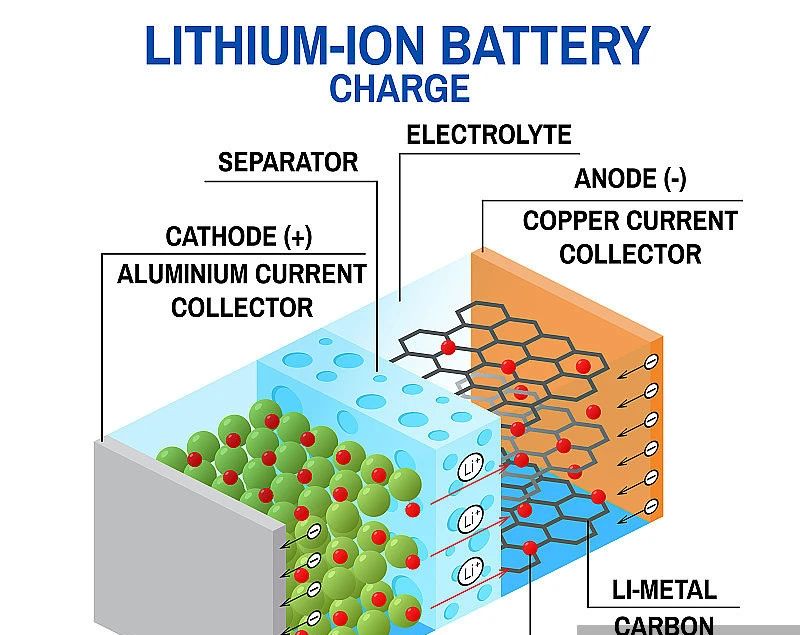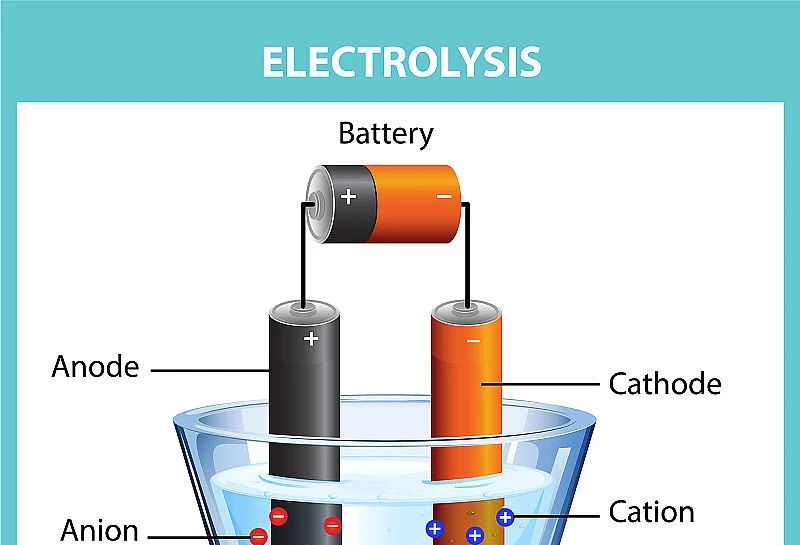First, solid-state battery technology evolution and material innovation
Solid-state batteries, as the core direction of next-generation battery technology, aim to break through the safety, energy density and cycle life bottlenecks brought by liquid electrolytes. The core material system takes solid electrolyte as the core, supplemented by the upgrading of positive electrode, negative electrode and diaphragm materials.
As of 2025, the global solid state battery research and development investment of more than 20 billion US dollars, mainly focusing on oxide, sulfide, polymer three electrolyte systems, as well as lithium metal negative electrode, lithium rich manganese based positive electrode and other supporting materials innovation.
Second, solid electrolyte technology route comparison
1. Oxide solid electrolyte: high stability and process maturity 1) Technical features: Advantages: strong chemical stability (high temperature resistance), high mechanical strength, interface impedance can be reduced by composite modification. Challenges: Low ionic conductivity (10⁻⁴~10⁻³ S/cm), high sintering temperature (1200℃~1600℃), high cost of large-scale production.

2) Industrialization progress: semi-solid battery application: BYD "blade battery", Weilan new energy has achieved semi-solid battery loading, energy density exceeded 400 Wh/kg. All-solid-state battery layout: Ganfeng Lithium and Tianmu led the development of the LLZo-based all-solid-state battery prototype, with a cycle life of more than 2,000 times. 2. Sulfide solid electrolyte: breakthrough of ultra-high ionic conductivity
1) Technical features: Advantages: ionic conductivity of 10⁻²~10⁻¹ S/cm (close to liquid electrolyte), excellent low temperature performance (still active at -40℃). Challenges: poor thermal stability (decomposition temperature <200℃), sensitive to humidity and oxygen, the synthesis process is prone to release toxic gases (such as H₂S).
2) Industrialization progress: all-solid-state battery milestone: Toyota plans to mass-produce sulfide all-solid-state batteries in 2030, with an energy density target of 500 Wh/kg. Technical difficulties: interface engineering (inhibiting the growth of lithium dendrites) and large-scale synthesis process (avoiding toxic byproducts).
3. Polymer solid electrolyte: mature process and low cost potential Technical features: Advantages: good flexibility, low processing cost, can improve the ionic conductivity through copolymerization modification (10⁻⁵~10⁻⁴ S/cm).

Challenges: The upper limit of ionic conductivity is low and needs to be combined with oxides/sulfides for both performance and safety.
Challenges and future trends of solid-state battery material industrialization
1. Cost control: The tonnage cost of oxide electrolyte has been reduced to 100,000 ~ 300,000 yuan, and the sulfide is expected to be reduced to less than 200,000 yuan through process optimization. Boyee reduces marginal costs through equipment such as sand mills and sintering furnaces. Photo: From the Internet
2. Technical bottleneck: Interface engineering: Developed a new solid electrolyte/electrode interface layer (e.g. LLZO/Li₆PS₅Cl interface impedance <10Ω·cm²). Large-scale production: breakthrough continuous production process (such as fluidized bed synthesis of sulfide electrolyte). Global solid-state battery shipments are expected to exceed 50GWh in 2027. Boyee flexible production line design (supporting 1-1000 tons/annual capacity) meets the needs of enterprises with "small batch and high added value".




